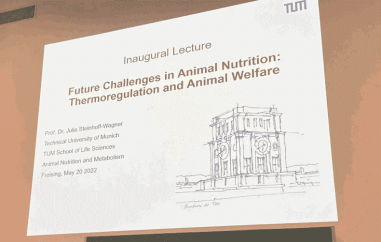Enviroment:17 Billions in the trash, every year.
Electric and electronic companies worldwide use more than 17 billion Euros worth of gold and silver every year, but only 15 percent of these valuable metals are recovered from electronic waste, according to representatives at the UN-backed initiative, solving the E-waste Problem (StEP). The problem is bad.
This so called "e-waste", is commonly exported to developing countries, mostly in Asia and Africa, where the processing costs of recycling are low. But, likewise, the efficiency of the recycling process is low in these countries. For example, according to StEP, up to 50 percent of the gold found within e-waste is lost due to the rudimentary technology used in the process, and from this figure only 25 percent of the gold is actually recovered. This is in sharp contrast to the 95% recovery rate that is accomplished by modern facilities in other parts of the world.
And there is a much more important consequence to these wasteful practices: the human cost. These crude recovering methods are performed by unskilled workers, usually children, who are exposed to a wide variety of toxic materials used in the manufacturing process. And, as it would be expected, there are serious health consequences to this practice. For example, burning cables and printed electronic boards in order to recover precious metals, releases polychlorinated dibenzodioxins and furans (PCDDs and PCDFs) which are toxic, even in small doses.Â
Health consequences include the incurable pulmonary disease called berylliosis, which can in some cases appears years after the last exposure.
Exportation of e-waste has been banned in the European Union since the mid-990s but, unfortunately, a legal loophole has allowed exportation of these materials to continue, by calling it exportation for "reuse" rather than recycling. Another significant problem this illicit industry has produced is the involvement of some rather undesirable guests. A 2009 report by the International Criminal Police Organization (Interpol) describes how e-waste is now a precious commodity of Organized Crime. In their report they state that this is "an industry in which unscrupulous operators are able to profit from disposing of waste cheaply and illegally abroad instead of taking the environmentally responsible but more expensive option". And another big problem is the lack of information. "The European picture remains unclear. Who? Why? What? When? Where? How? Are questions that should be posed--but can't be answered when it comes to the illegal export of waste," concludes another recent report by the EU's Network for the Implementation and Enforcement of Environmental Law.
And with the increasing value of gold and silver, the main two materials found in e-waste, this problem is unlikely to disappear on its own. The ban in e-waste ban in Europe and a recent  change in the Waste Electrical and Electronic Equipment (WEEE) Directive which will require EU countries to collect 45 ton. of e-waste for every 100 ton. they produce by 2016 are likely still far from being sufficient to reduce illegal trade, but it is a start, and may serve as an example for future legislations to address the problem.



































